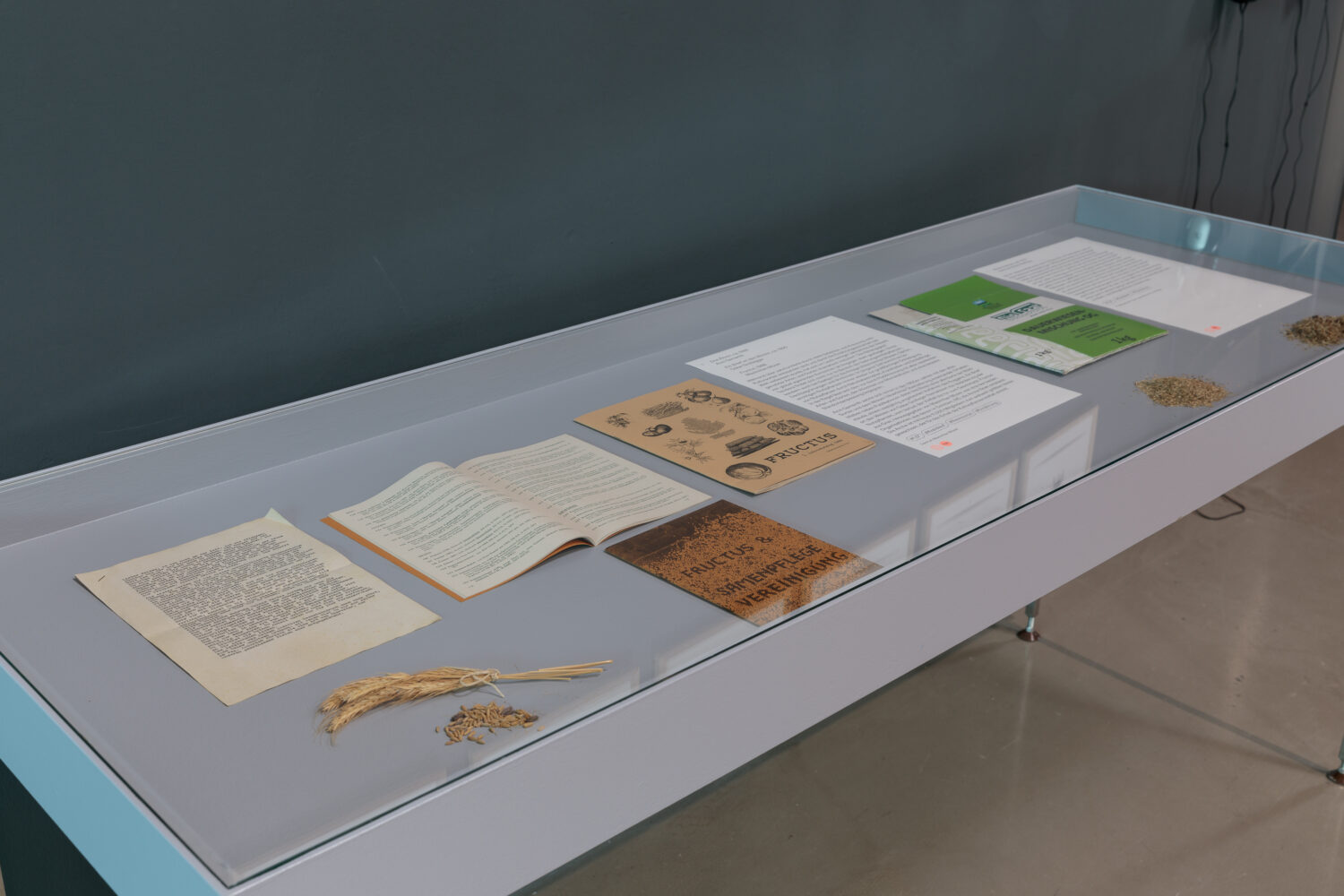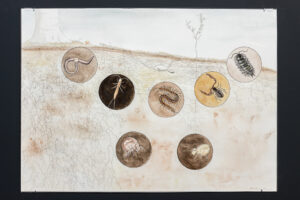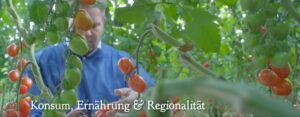While many crop varieties have been created over the centuries by constant selection and crossing, so improving the world’s food security, the number of species and varieties in use has been dramat-ically reduced in the course of just a few decades. At the same time, dependence on globally operating corporations has risen sharply. This trend is found not only in food crops, but also in the seeds for flower meadows, gardens, green roofs and so on. Large-scale damage to key crops by natural disasters, diseases and pests has become a recurrent phenomenon in recent years. Generally, this can only be countered by backcrossing with old resistant species and varieties, abandoning monocultures and better adaptation of sites. As early as the 1950s, Anni Gamerith was interested in the old varieties and knowledge of rural traditions. In addition to publications, these three ears of an old variety of forest perennial, a biennial ancestor of rye, have been preserved. Ein Brief an den Weizen (a letter to the wheat) by Oskar Grolleger examines the changes in crops, from the loss of diversity to taste. Fructus from Graz, published by Maximilian Moser, was one of the two organisations that gave rise to Arche Noah in Schiltern, Lower Austria. Today, Arche Noah has 11,000 members and has grown to become the world’s largest association advocating the preservation of crop diversity.








